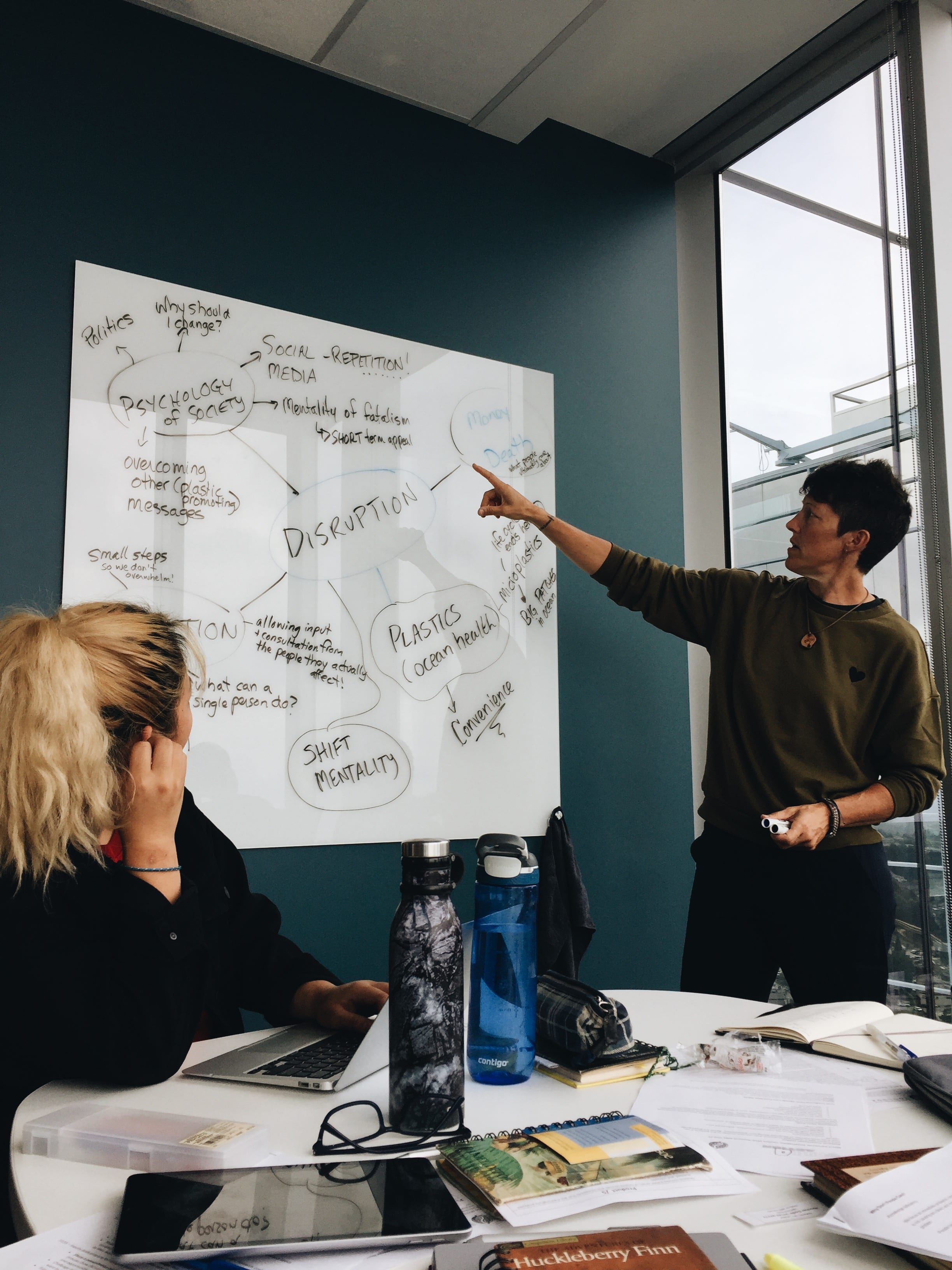Wall Of Pride
Briefly describe your new and improved idea, by incorporating ideas and / or feedback.
New and improved ideas for the Wall of Pride include making this feature of our school accessible. Not only recognizing the feats of previous Rapids, but making the past of Riverside a part of the present. Inclusion of an archive / log of profiles of the alumni for anyone to access, at any time in addition to the physical engaging display we will already have in the school.
To incorporate this project into Riverside’s school culture, we will integrate it into programs and information feeds we already use. This includes an EduBlog website similar to The Eddy, promotion on the Riverside’s social media presence such as Instagram and Twitter, and to promote the success stories of the many students that walked through the same doors we all currently are walking through.
What Problems Might We Run Into?
Some problems we might run into include finding a home for a screen around the school that’s in a high-traffic area, funding for the wall, and finding personal success stories.
There will also be a problem creating a proper criteria for the nomination process as we will need to find a way to balance academic, athletic and personal achievements that should be celebrated.
School engagement will also be a challenge. This project can turn out as one of the most significant additions to Riverside, or it can turnout to be a low-engagement project sitting aside from all of Riverside’s activities. We need to find ways to keep this project interesting and exciting, and create a brand off of this new part of our school.
What skills do we need to complete this project? How can we attain these skills?
We need to understand Riverside’s history and its’ students from the past and the present. Riverside has had many significant transformations since its’ recent opening in the 1990’s. From a new school to one of the British Columbia’s leading schools in digital innovation and inquiry, many steps had been taken in order for our school to be where we are. A diverse range of champion students have also walked through our doors, including artists, athletes, scientists and entrepreneurs. We will need to completely understand their growth stories and promote Riverside’s role in their success to motivate other students currently attending Riverside.
Create a brief timeline of key things that need to happen to ensure successful completion of your project. What happens next?
First off developing a connection with the team is the first step. You need an engaged team to develop an engaged project. When we begin to create a criteria, we will also need to consider what makes a “successful” Rapid, as well as what will a “successful” Rapid look like in 10 years. Time will transform how we perceive success and we need to make sure we accommodate for that change. The costs and budget will also need to be concretely defined so we can secure the financial funds for this project, and create an agreement with the school. Once and if the project comes to life, we will need to create engagement for this project. It will need to fit into Riverside’s culture, as well as continue to be engaging after launch – which means constantly updating it, creating time-exclusive content and exclusive content that would only exist through Riverside’s Wall of Pride or archive EduBlog.
We will also need to make sure that this project has a growth opportunity so that in the future, key data will be kept and new teams can continue to bring this project even further. This can include an archive for future use – keeping our data for years ahead, and to refine a development long-term goal for future teams.


